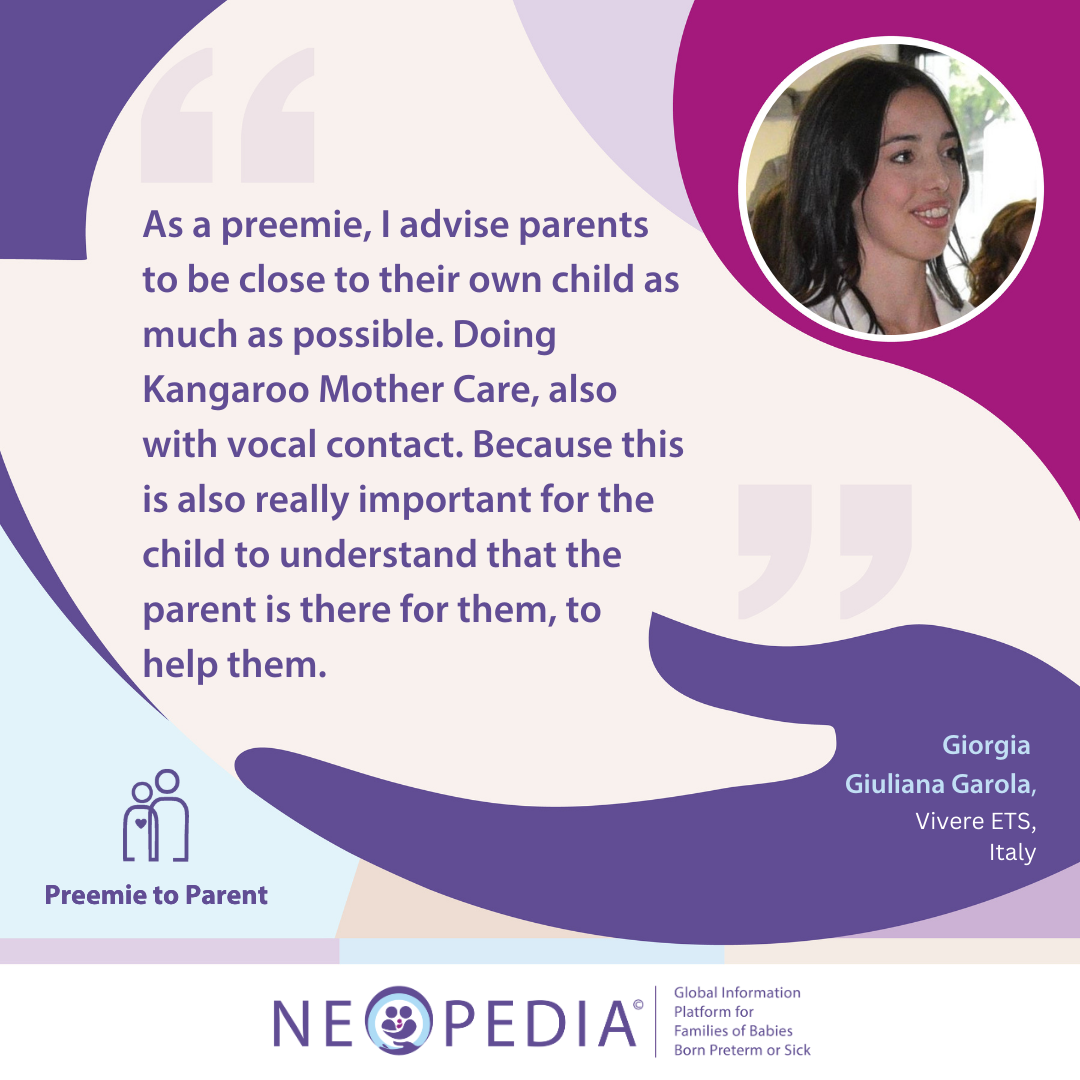Creating a safe sleeping environment is crucial for all newborns, especially for preterm or low birth weight babies. Here is what you need to know to make sure your baby sleeps safely at home.
Safe sleep positioning
Before leaving the neonatal unit, the healthcare team will guide you on the best sleeping arrangements for your baby. While in the unit, your baby may have been placed on their tummy (prone position) to help with breathing difficulties. However, this is only done while your baby is having their vital signs (such as heartbeat and oxygen levels) continuously monitored to ensure they are safe.
At home, your baby should always sleep on their back (supine position) to reduce the risk of sudden infant death syndrome (SIDS). Avoid letting your baby sleep on their tummy or side unless specifically advised by a healthcare professional. Always consult your healthcare team for specific recommendations.
Understanding SIDS
Sudden infant death syndrome (SIDS) refers to the unexpected death of an apparently healthy baby, most commonly within the first year of life. The exact causes are unknown, but several factors, including developmental vulnerabilities and environmental influences, are believed to play a role. Following safe sleep practices can significantly reduce the risk of SIDS.
Safe sleep environment
- Have a dedicated space for your baby to sleep: babies who sleep in an adult bed, on a couch or an armchair are at much higher risk for SIDS.
- Reduce exposure to smoke: Avoid exposure to smoke from cigarettes or other tobacco products. If adults in the household smoke, they should be encouraged to smoke outside and to change outer clothes to minimize exposure.
- Firm mattress: Use a firm, breathable mattress. Avoid waterbeds, strollers⍰, or bags as sleeping places.
- Clear crib: Keep the crib free of fluffy bedding, pillows, blankets, and stuffed toys. Use a baby sleeping bag instead of a blanket to prevent covering the baby’s face, mouth, or nose.
- Room temperature: Whenever possible, keep the room temperature between 16°C and 18°C (61°F to 64°F). Avoid placing the crib near heaters or in direct sunlight. However, within the first days or weeks of life, small or young babies may need a warmer environment to maintain normal body temperature. Ask your nurse or doctor for advice.
- Appropriate clothing: Dress your baby in layers similar to what adults would wear. Avoid using hats indoors. Check your baby’s temperature by feeling the back of their neck. Hands and feet often feel cooler and are not accurate indicators. However, if hands and feet are cold and blue, most likely the environmental temperature is too low. Ensure the room is well ventilated with regular airing without high airflow directed to the baby.
Baby sleeping bags
Baby sleeping bags are preferable to duvets or blankets. They ensure the baby remains covered and reduce the risk of overheating and suffocation. Sleeping bags come in different sizes and for various room temperatures. Ensure the sleeping bag fits properly, with a snug neck and armholes to prevent the baby from slipping inside.
Regulating temperature and preventing overheating
- Room temperature: Whenever possible, keep the room temperature between 16°C and 18°C (61°F to 64°F). Avoid placing the crib near heaters or in direct sunlight. However, within the first days or weeks of life small or young babies may need a warmer environment to maintain normal body temperature. Ask your nurse/doctor for advice.
- Appropriate clothing: Dress your baby in layers similar to what adults would wear. Avoid using hats indoors. Check your baby’s temperature by feeling the back of their neck. Hands and feet often feel cooler and are not accurate indicators. However, if hands and feet are cold and blue, most likely the environmental temperature is too low. Ensure the room is well ventilated with regular airing without high airflow directed to the baby.
Co-sleeping guidelines
Avoid sleeping in the same bed as your baby to reduce the risks of overheating or suffocation. The safest place for your baby is in a crib or bassinet⍰ in your bedroom for at least the first year. If you prefer to keep your baby close, consider using a co-sleeper that attaches to your bed.
Co-sleeping can be risky if an adult has had alcohol or drugs. To keep your baby safe, always avoid co-sleeping in such situations.


